Wherein our contributing historian is surprised to find a fib still being perpetuated…
by Wallace Wyss –
History is, well, history. Until it’s bent for nefarious reasons. The Wankel Chevy Corvette is one of those stories.
I speak of the Four Rotor Wankel Chevy Corvette. Now back in the 1970s it happened that I ran across, and drove, the Two Rotor Corvette (that’s a whole ‘nother story) but very soon after that concept car made its premiere, GM, in order to promote it’s upcoming Wankel engined cars, rolled out a Four Rotor concept, longer, lower and wider so to speak.
Now first of all the styling of the Four Rotor was space age, swoopy, as exaggerated in its time as the ’59 Caddy fins were in their time and no wonder, as the designer was Charles M. “Chuck” Jordan, who did both of those cars.
The behind the scenes story at the time was that the Two Rotor Wankel Chevy Corvette had been assigned to Pininfarina to build, but that GM had styled it (Kip Wasenko in particular).
But for some reason, Jordan didn’t feel he got enough credit. He wasn’t chief of design then, it was Bill Mitchell but Bill Mitchell also approved the Four Rotor’s creation. Could have been that Mitchell was worried about giving foreign firms design projects what with GM having at least 2000 designers at the Tech Center in Warren, Michigan.
The Four Rotor had an impractical amount of overhang front and rear but you can’t knock the gullwing doors—the Mercedes 300SL proved they were practical (though I could tell you some stories about their problems, having owned two of them).
Now comes the stretching of the truth. GM never had a working four rotor engine. What they had in the car was two of their two rotor engines chained to work together in some Mickey Mouse way that would get the car up on the stage under its own power but it couldn’t be driven around town like the Two Rotor, which I drove and drove hard.
Why, then, would GM tout they had a Four Rotor Wankel Chevy Corvette? Well, I think it was one of those things where GM, achievement wise, was being upstaged left and right. I mean here NSU has a production rotary, so does Mazda, and they are tiny companies, why can’t GM? So GM signs a license with Curtiss-Wright, US holders of the Wankel rights, and re-invents the wheel by designing its own Two Rotor and, after several years of tinkering, has a two rotor ready for production.
But then these foreign firms like Mercedes and Mazda come out with experimental four rotors. Makes GM look like they are deficient, engineering wise. So they assign Zora Arkus-Duntov (always given credit for being the “father of the Corvette” when in point of fact he was hired after the Corvette was already in production), a notorious trickster, to make a four rotor. So he does what he can do in a hurry–lashing the two together to work in tandem.
When the PR mavens were handed the finished car to photograph, already the PR mavens began to stretch the truth. So I was a bit surprised many decades later to see the truth still being bent.
Car and Driver in a May 2013 story on Car & Driver.com, said about the car: “At eighty mph the Corvette 4-Rotor has only 59 lbs. of lift and 99 lbs. of drag. The drag coefficient is a very low 0.325.” I am saying the car never went 80 with the Four Rotor. It was lucky to do 8 mph. That drag co-efficient might have been calculated in the wind tunnel, where a car sits in one place and the wind blows over it to the required speed.
Duntov was quoted in Car and Driver as saying, on the little GM test track at the GM Tech Center the Four Rotor “did one-hundred forty-five mph . . . and that is leaving room for braking. “
And further in saying; “This Wankel car is faster 0-100 mph than (a) 454.”
Car and Driver pictured the car with the rotary engine, so they were talking about the rotary not the V8 that was stuck back into it after the whole rotary engine program crashed to earth in flames like the Hindenberg.
Why? Those who might remember the fuel crisis might not know that GM had discovered about that time that their rotary was a gas greedy little bugger. It looked like it would perform like a Porsche engine but trouble was, it would eat gas like a 427. And they never liked the idea of having to pay a royalty for each engine built; after all were they paying Otto’s heirs for making Otto-cycle engines (which was 100% of their engine output)?
So they cancelled the GM rotary engine program. The Monza 2-plus-2, originally intended to be the first of their cars with a rotary, came out with a regular piston engine. The Two Rotor was banished to another country (more about that in a separate story).
What of the Four Rotor? Well, they were about to roll the Four Rotor up to the chopper, when someone said something to the effect of: “Hey, the engine’s still around from when the car was the XP-882.” Yessir, the whole frame was once underneath a mid-engined show car called the XP-882, powered by a transverse pushrod V8. They put that engine back in, renamed the car the “Aerovette,” and kept it ever since. I saw it at the Petersen Museum only a week ago, in March 2017.
And so it is. As an auto historian, I frequently run across cars I saw first 10, 20, 30, 40 or more years ago, and I guess I shouldn’t be surprised when I check recently published stories to find there’s a bit of stretch between what I read now and the way I remember it then.
Kind of like meeting a guy who you know was a private first class back in the day showing up at the veteran’s parade donned in an officer’s uniform, the rank he coulda, shoulda had, right?
Oh, not that the Wankel Chevy Corvette isn’t beautiful. It is. And Chuck Jordan was a great guy and true enthusiast—I visited him many times when I was a reporter in Detroit. But I don’t want anyone to see that Wankel Chevy Corvette and think GM ever had a Four Rotor Corvette that went 145 mph. It does now, with a good ol’ pushrod V8, one that dates to the ‘50s.
That Zora, such a trickster….
Let us know what you think of the Wankel Chevy Corvette in the Comments.
THE AUTHOR: Wallace Wyss is the author of Janis Joplin’s Psychedelic Porsche 356 and 49 other Great Barn Find stories. The book, and three others in the Incredible Barn Finds series, can be ordered direct from the publisher at (715) 381 9755.
Myron Vernis sent in the photos below of an original GM rotary engine and the team.

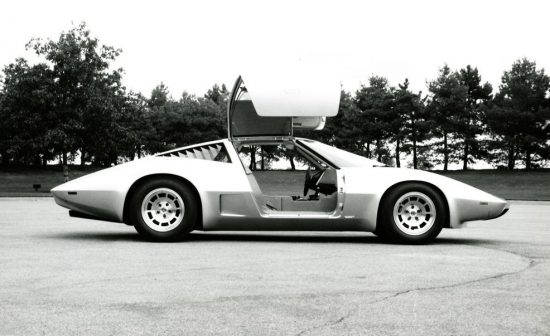
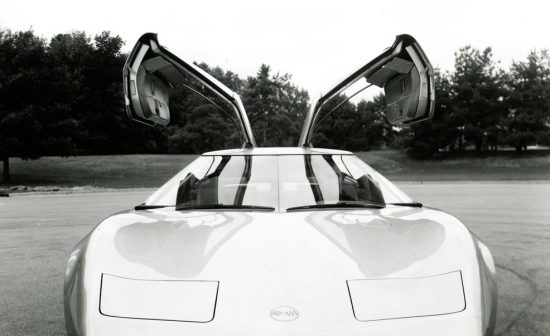
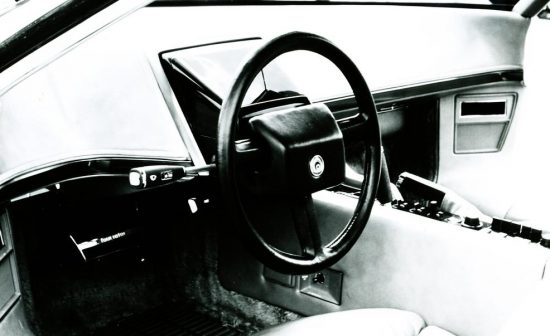
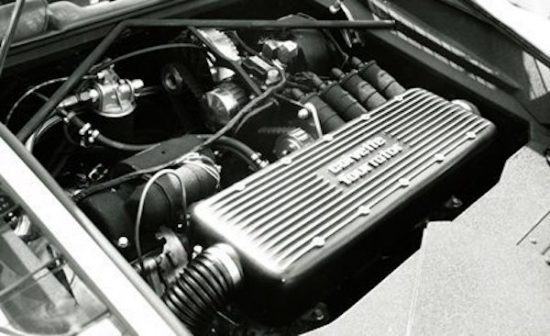
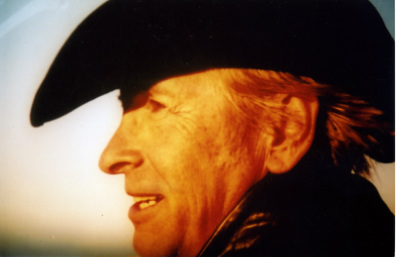
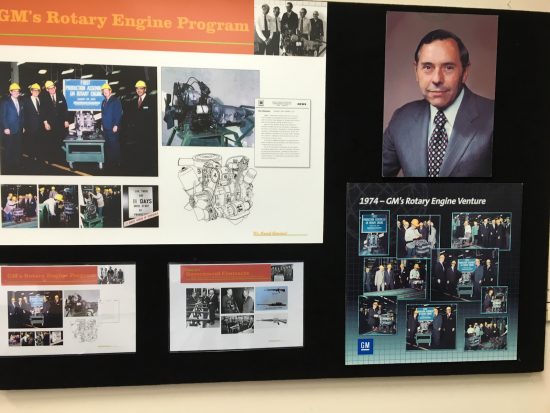
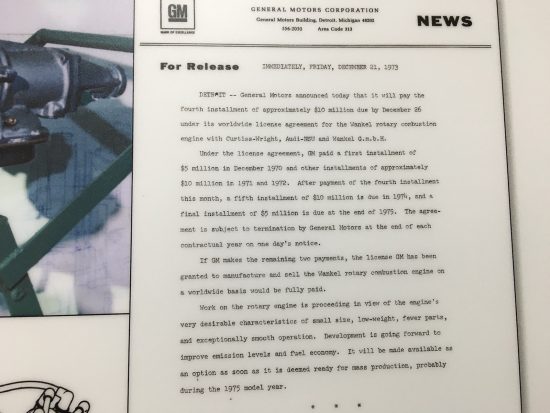
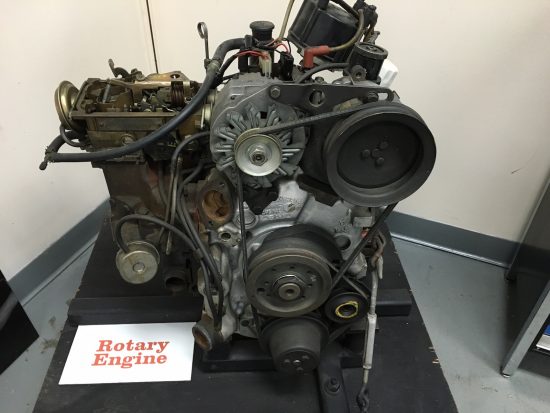
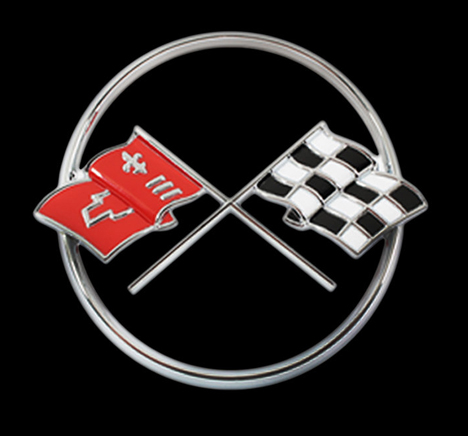


What did the 2 rotor Corvette drive like? I’ve never owned a rotory car. Almost bought a Mazda rotory once but it was rusty. They seem a bit two stroke-like.
Having owned one (RX-2), they accelerated like a rocket and were smooth. But a problem on ones with thermal reactors was backfires. After some miles, the seal tips would wear down and they would smoke. I suspect the aluminum trochoid housings would warp if you overheated them whereas if you overheat a cast iron V8, when it cools off it’s still the same shape.